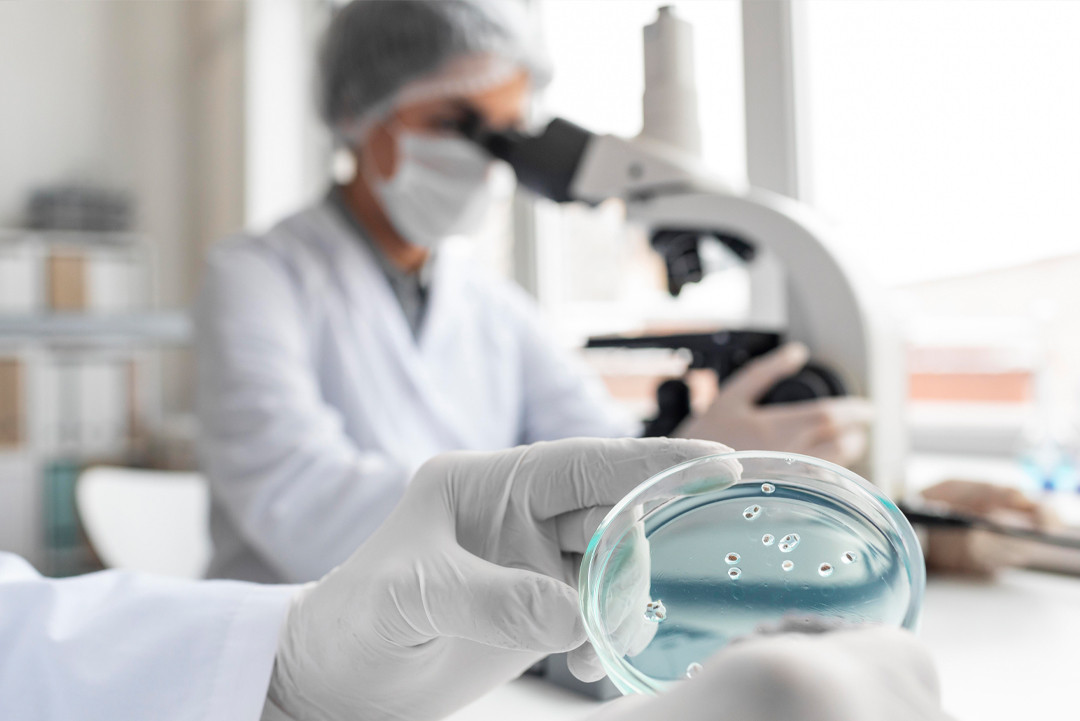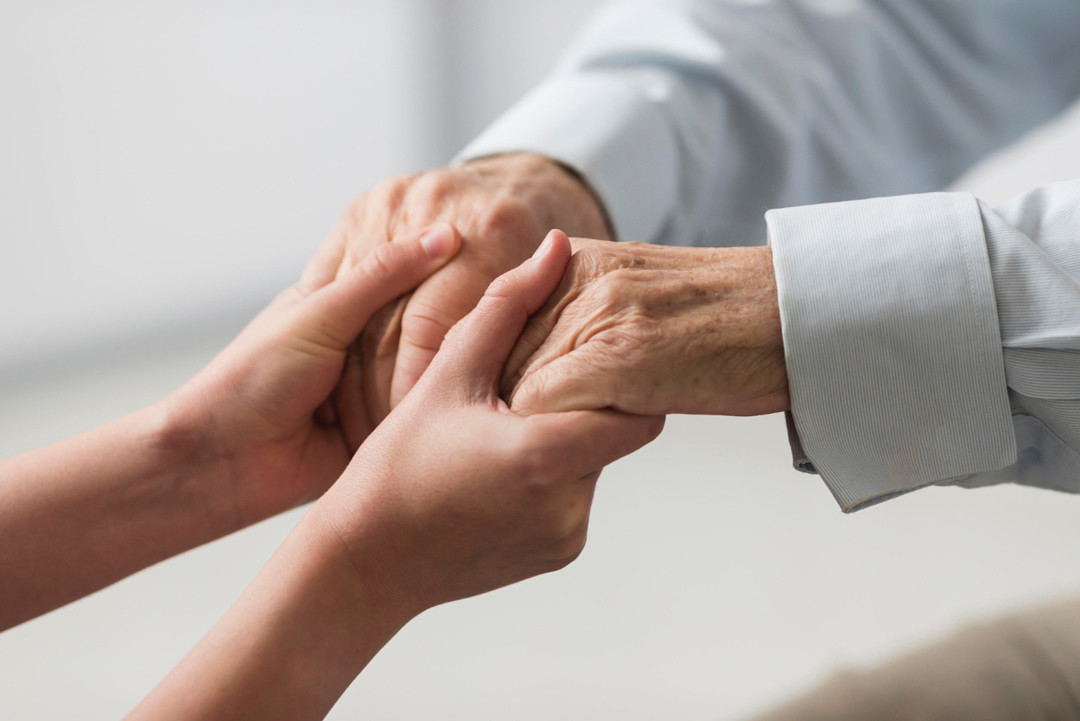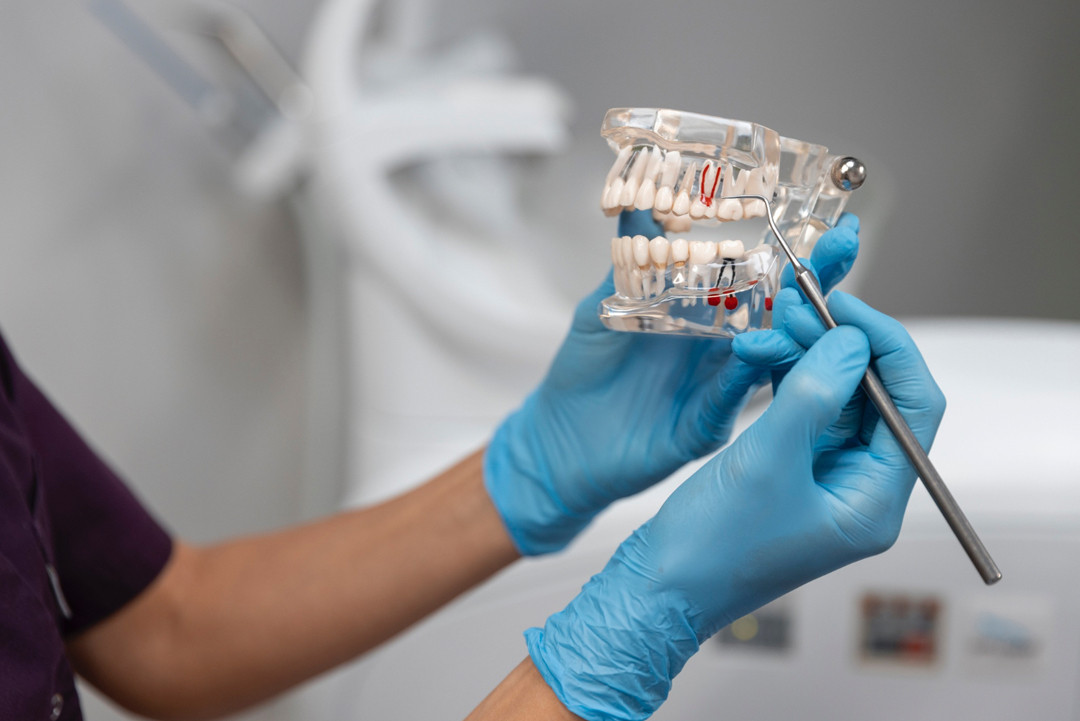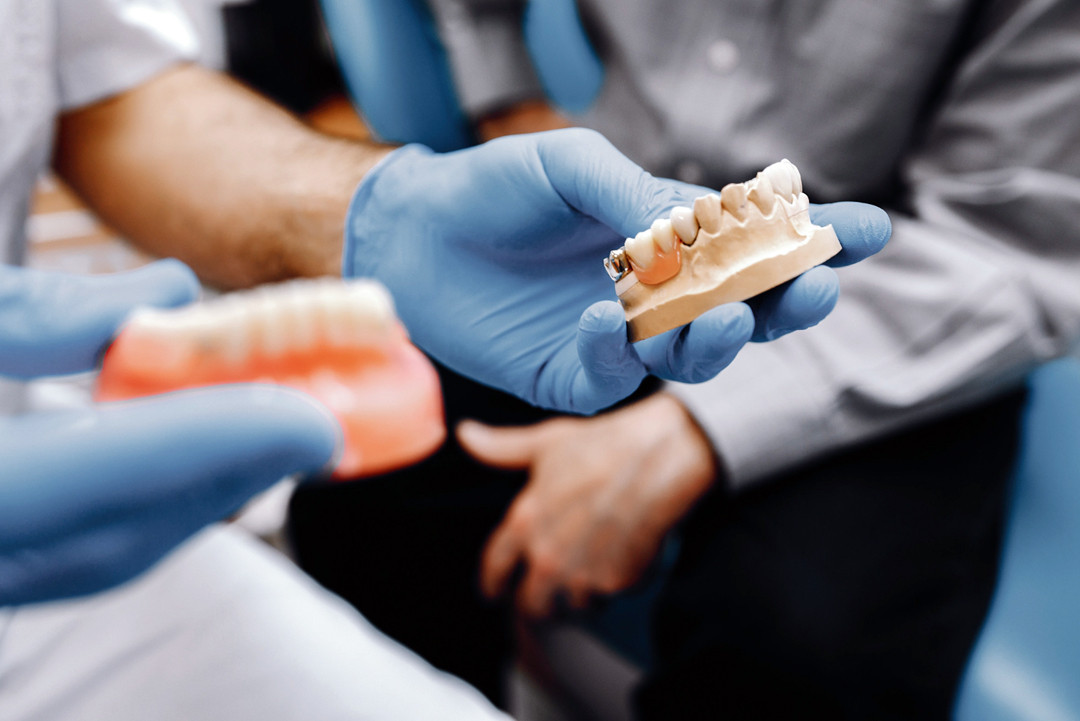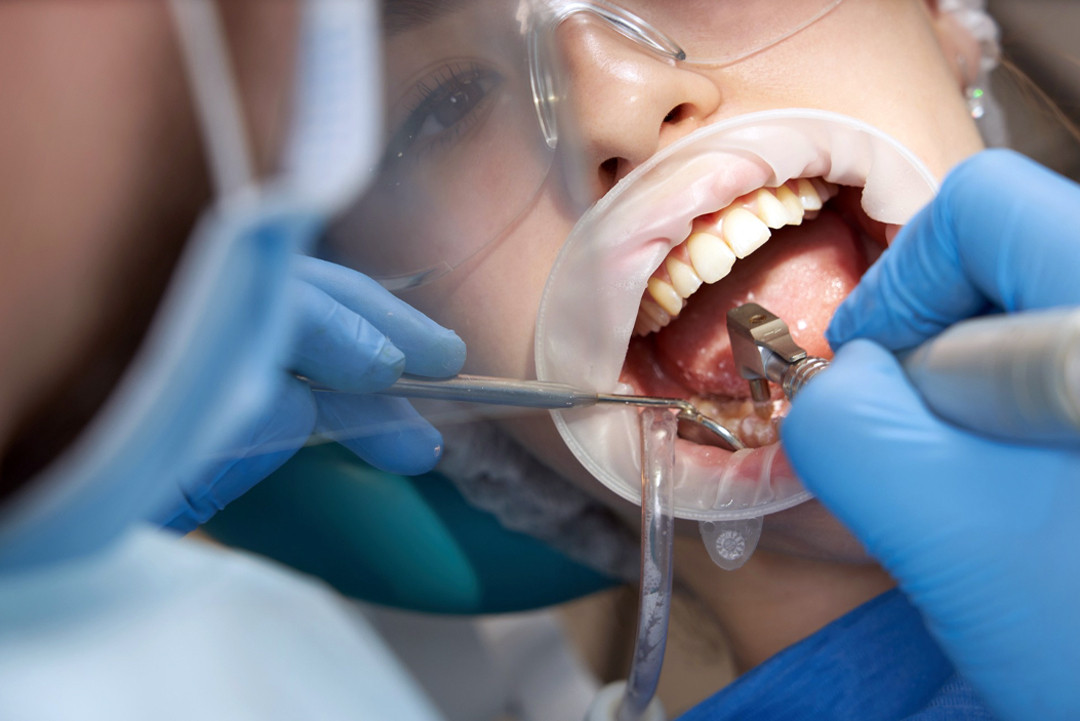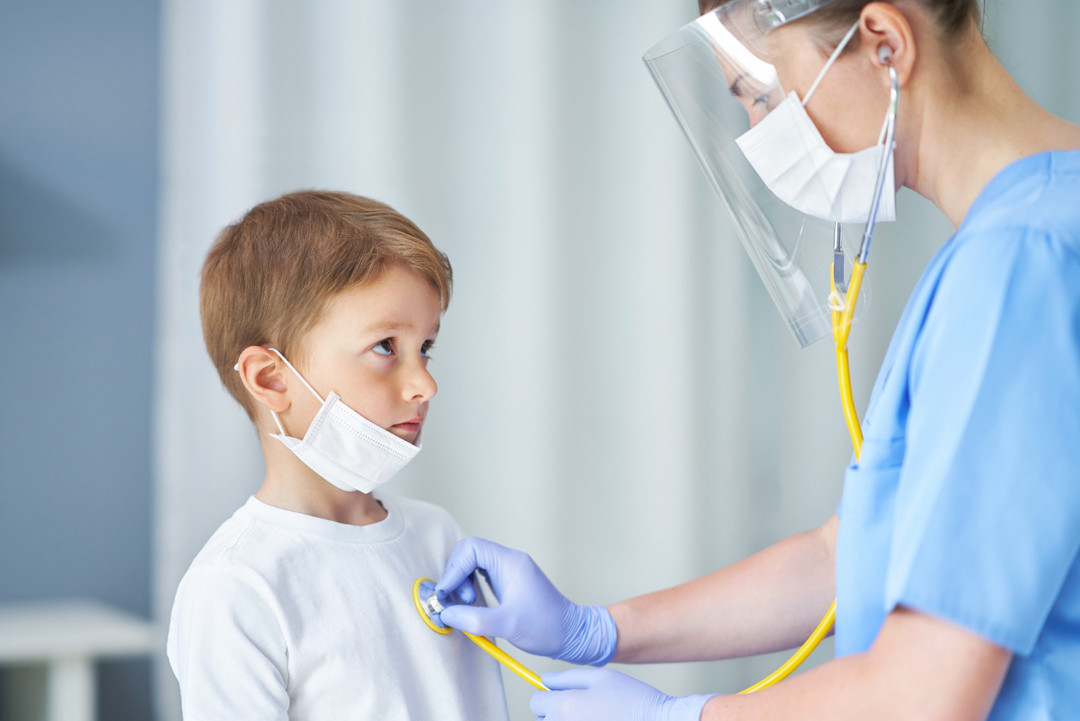Sub-Branches of Infectious Disease and Clinical Microbiology
- Epidemiology: Studies disease patterns, causes, and effects in populations.
- Virology: Focuses on viruses and viral diseases.
- Bacteriology: Examines bacteria and their role in diseases.
- Mycology: Studies fungal infections.
- Parasitology: Investigates diseases caused by parasites.
- Immunology: Explores the immune system’s role in fighting infections.
Common Infectious Diseases
- Bacterial Diseases:
- Tuberculosis: Affects the lungs and requires prolonged treatment.
- Urinary Tract Infections (UTIs): Caused by bacteria entering the urinary tract.
- Viral Diseases:
- HIV/AIDS: Weakens the immune system, making the body susceptible to other infections.
- Hepatitis: Affects the liver and has multiple types (A, B, C).
- Fungal Infections:
- Skin infections, such as athlete’s foot or ringworm.
- Respiratory fungal infections, like aspergillosis.
- Parasitic Diseases:
- Malaria: Caused by Plasmodium parasites transmitted through mosquito bites.
- Intestinal worms: Lead to digestive issues and malnutrition.
- Respiratory Infections:
- Influenza, sinusitis, and pneumonia, often seasonal and treatable with antivirals or antibiotics.
- Sexually Transmitted Diseases (STDs):
- Gonorrhea, syphilis, and HPV, requiring targeted treatments.
- Other Conditions:
- Soft Tissue Infections: Can develop after injuries and require antibiotics.
- Brain and Spinal Cord Infections: Includes meningitis and encephalitis.
Symptoms of Infectious Diseases
- Fever and chills
- Cough and respiratory distress
- Muscle aches and fatigue
- Diarrhea and nausea
- Skin redness, itching, or rashes
- Specific localized symptoms (e.g., burning sensation in UTIs, jaundice in hepatitis)
Diagnostic Methods
- Laboratory Tests:
- Blood, urine, and stool tests.
- Swabs from throat or nasal passages.
- Lumbar puncture for spinal fluid analysis.
- Imaging Tests:
- MRI: Detailed images for brain and spinal cord infections.
- CT Scan: Identifies affected tissues or abscesses.
- X-rays: For lung and skeletal infections.
- Biopsies:
- Tissue samples analyzed for infections like tuberculosis or fungal diseases.
Treatment Methods
- Medication:
- Antibiotics: For bacterial infections, with careful use to avoid resistance.
- Antivirals: Treat viral infections like HIV and influenza.
- Antifungals: For fungal conditions, applied topically or systemically.
- Antiparasitics: Target diseases like malaria or intestinal worms.
- Lifestyle Modifications:
- Rest and hydration for recovery.
- Balanced diet to support the immune system.
- Advanced Therapies:
- Phage Therapy: Uses bacteriophages to treat antibiotic-resistant bacterial infections.
Preventing Infectious Diseases
- Vaccination: Protects against diseases like measles, polio, and COVID-19.
- Safe Hygiene Practices:
- Regular handwashing and sanitizing.
- Avoiding shared personal items.
- Safe Food Handling:
- Washing and cooking food thoroughly.
- Avoiding raw or undercooked meat and seafood.
- Environmental Control:
- Avoiding areas with harmful insects.
- Ensuring clean and sanitized living conditions.
Who is at Higher Risk?
- Immunocompromised individuals: AIDS patients, cancer patients.
- Pregnant women and children.
- Healthcare workers.
- Individuals in unhygienic conditions.
With the right precautions and timely interventions, infectious diseases can be effectively managed and prevented, improving overall public health outcomes.

